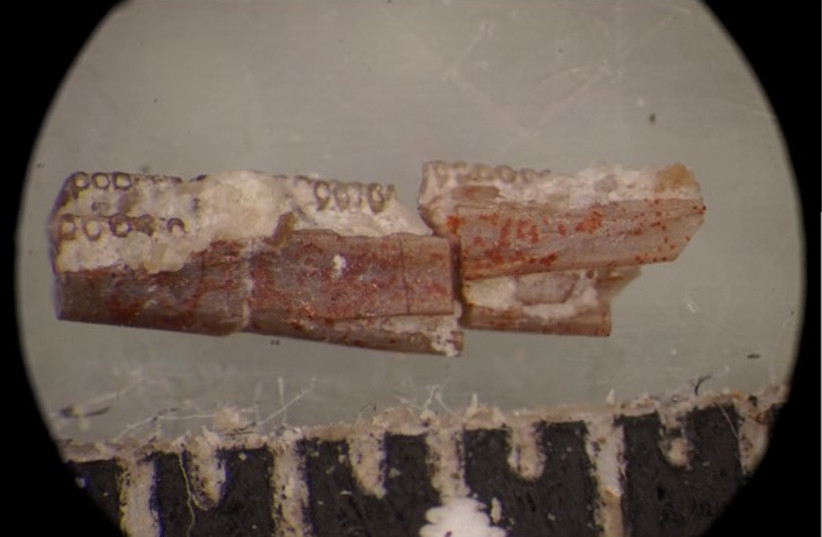76 Caecilian fossils have been found, and dated at 220 million years old, in the Upper Triassic Chinle Formation of Petrified Forest National Park, Arizona, USA, according to a peer-reviewed study that was published in Nature.
Significance of the find
The find indicates that the species has been in existence for 35 million years longer than scientists had originally thought. Adding to the significance of the find, the specimen confirms that Caecilians are a part of the Lissamphibia family. Frogs and salamanders are descended from this same group, which may be one of the reasons some species of modern-day caecilians lay their eggs in water.
The fossil adds an understanding of an evolutionary gap between living caecilians, who are limbless and resemble worms, with an extinct group of amphibians called Dissorophoid. Dissorophoids had 4 limbs and so this find will help to enlighten researchers on the evolutionary development of the species. Modern-day caecilians evolved organs, like the tenticular organ, that isn't present in its recently found ancestor.
Modern-day caecilians
There are currently 200 known species of caecilians ranging from 3.5 inches to nearly 5 feet. The majority of species spend their lives underground or in shallow water.
Unlike many species of snakes, caecilians are not venomous. That being said, they have needle-like fangs which would cause significant pain if bitten. Luckily, humans are not on the meal plan for this species. They mostly eat insects and invertebrates.

Strangely, some of the 200 species have been observed offering maternal care. They allow their young to eat layers of their flesh in the beginning stages of their lives, and they have developed thicker skin to accommodate this.
